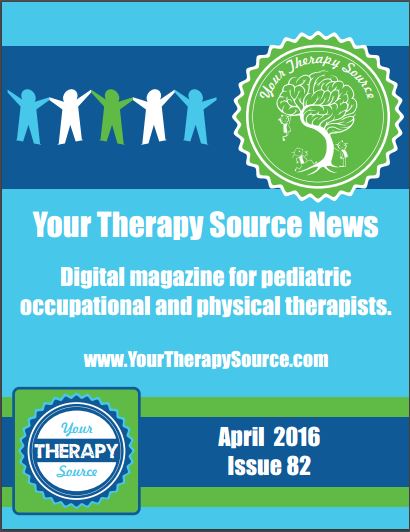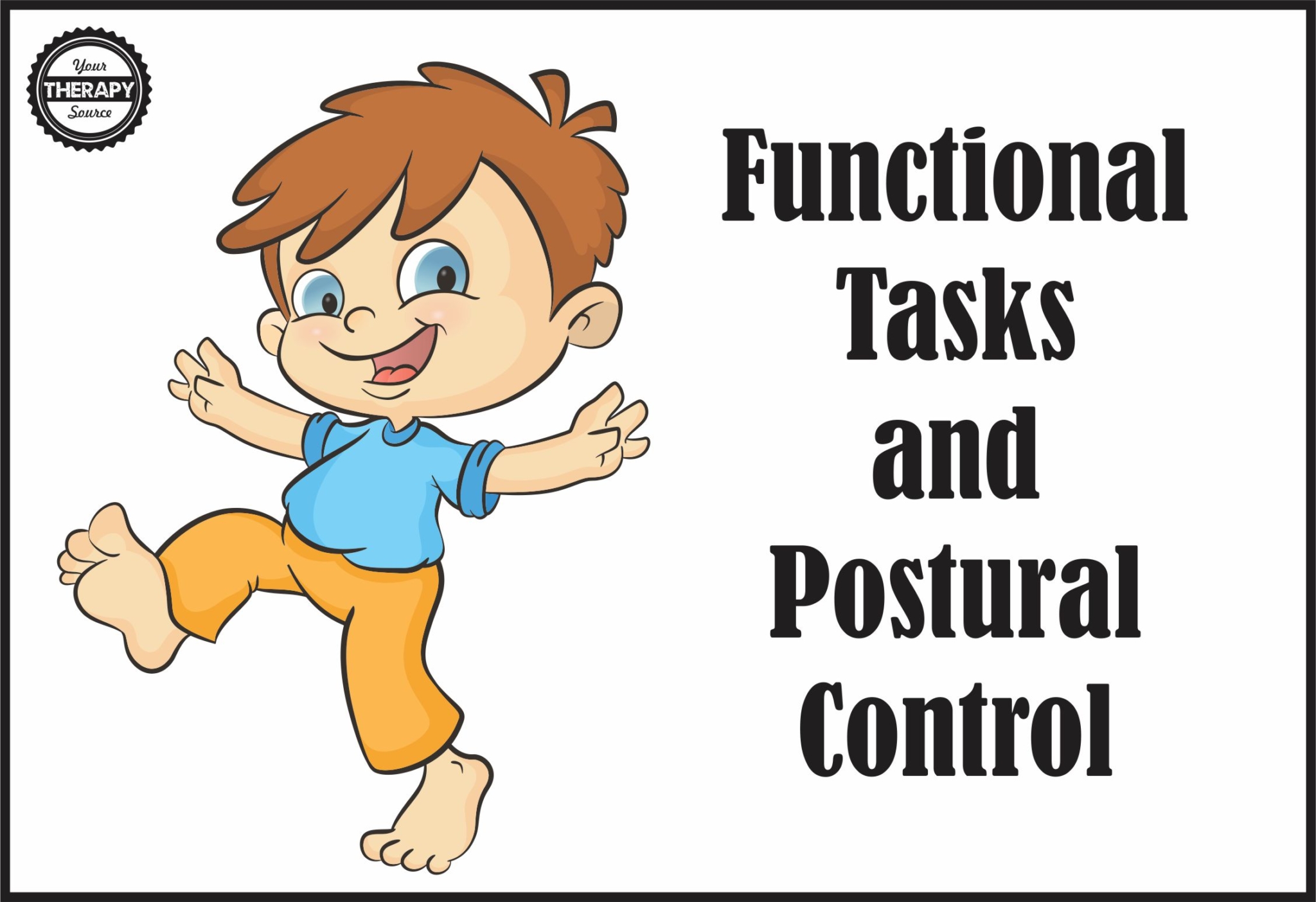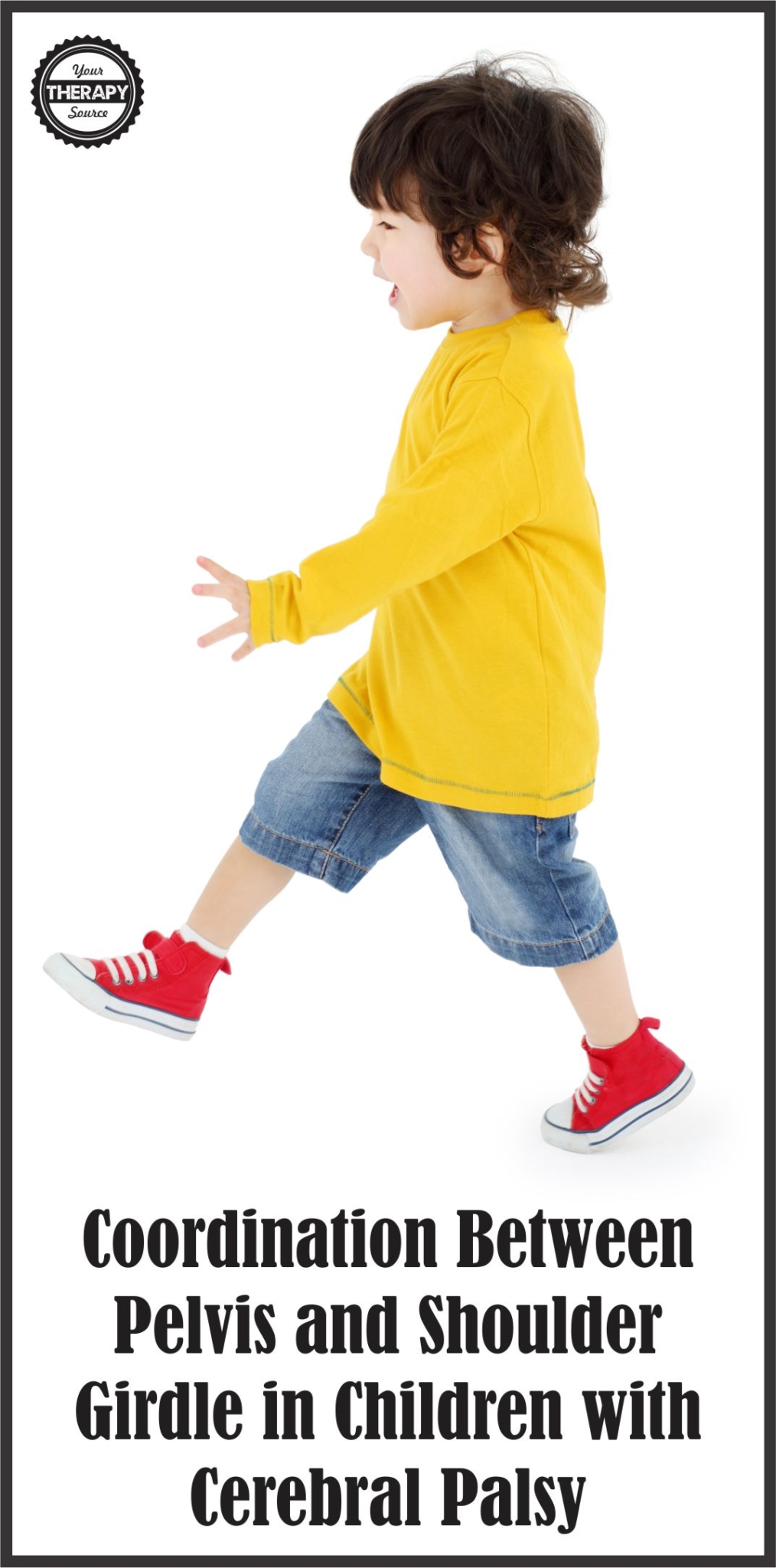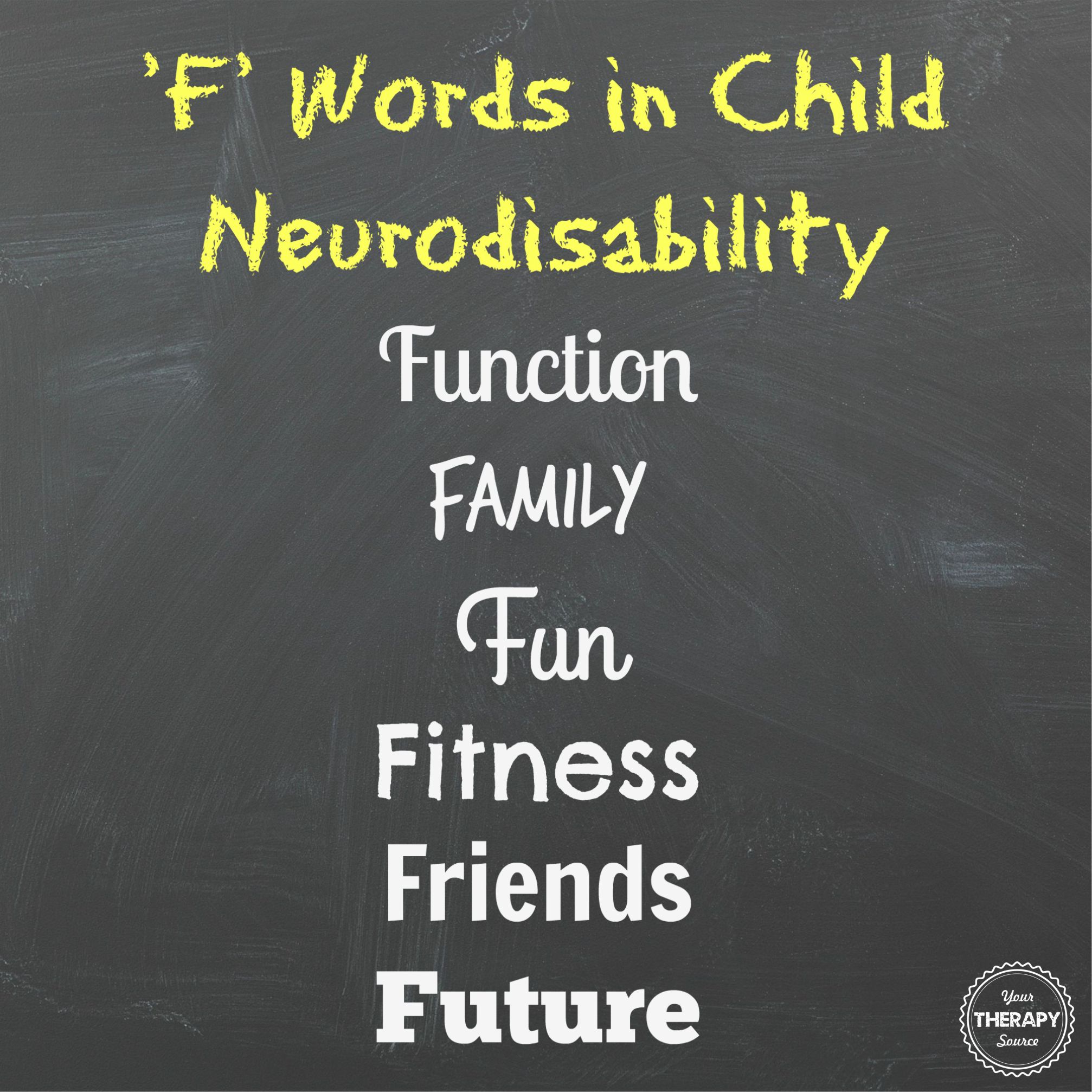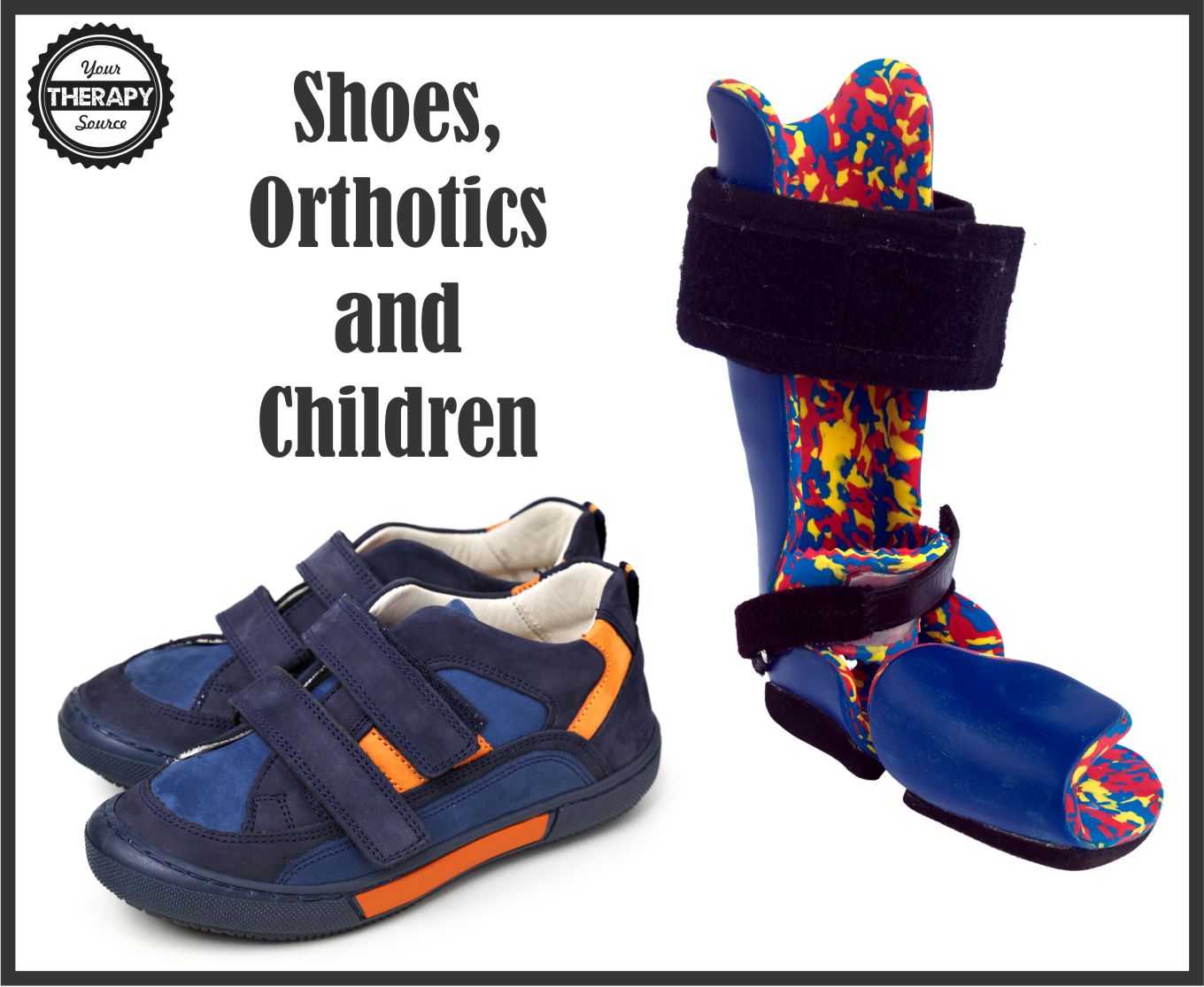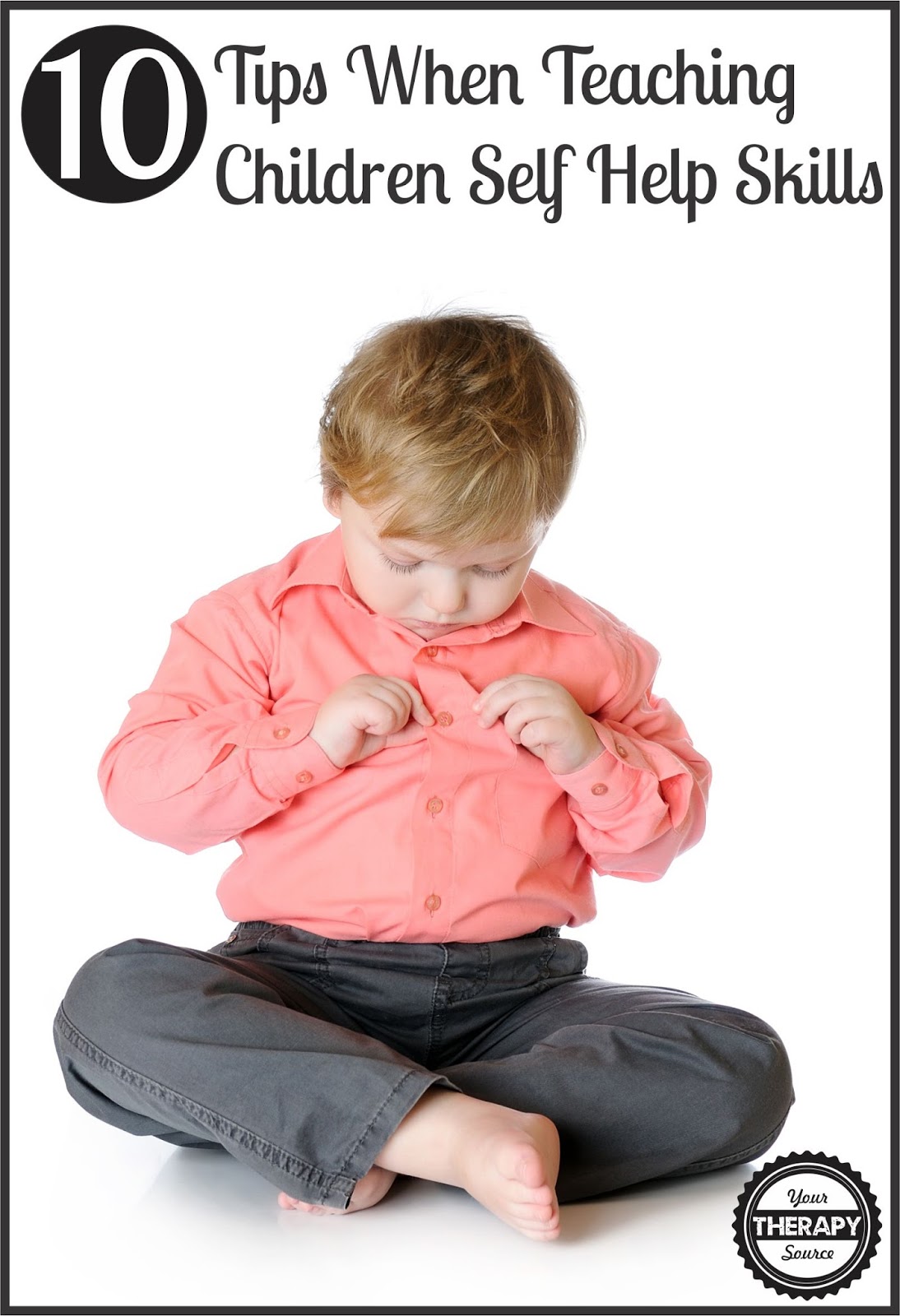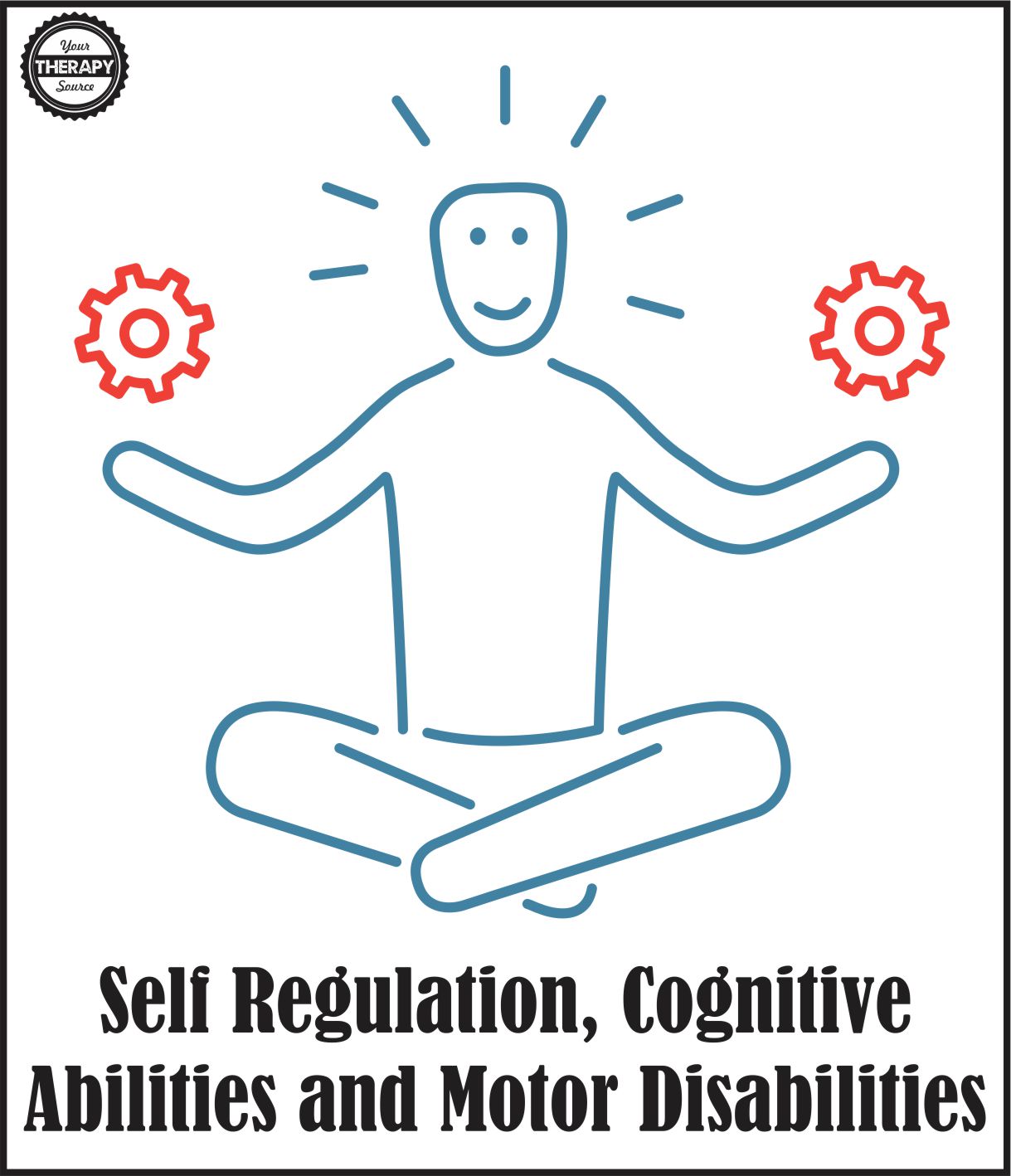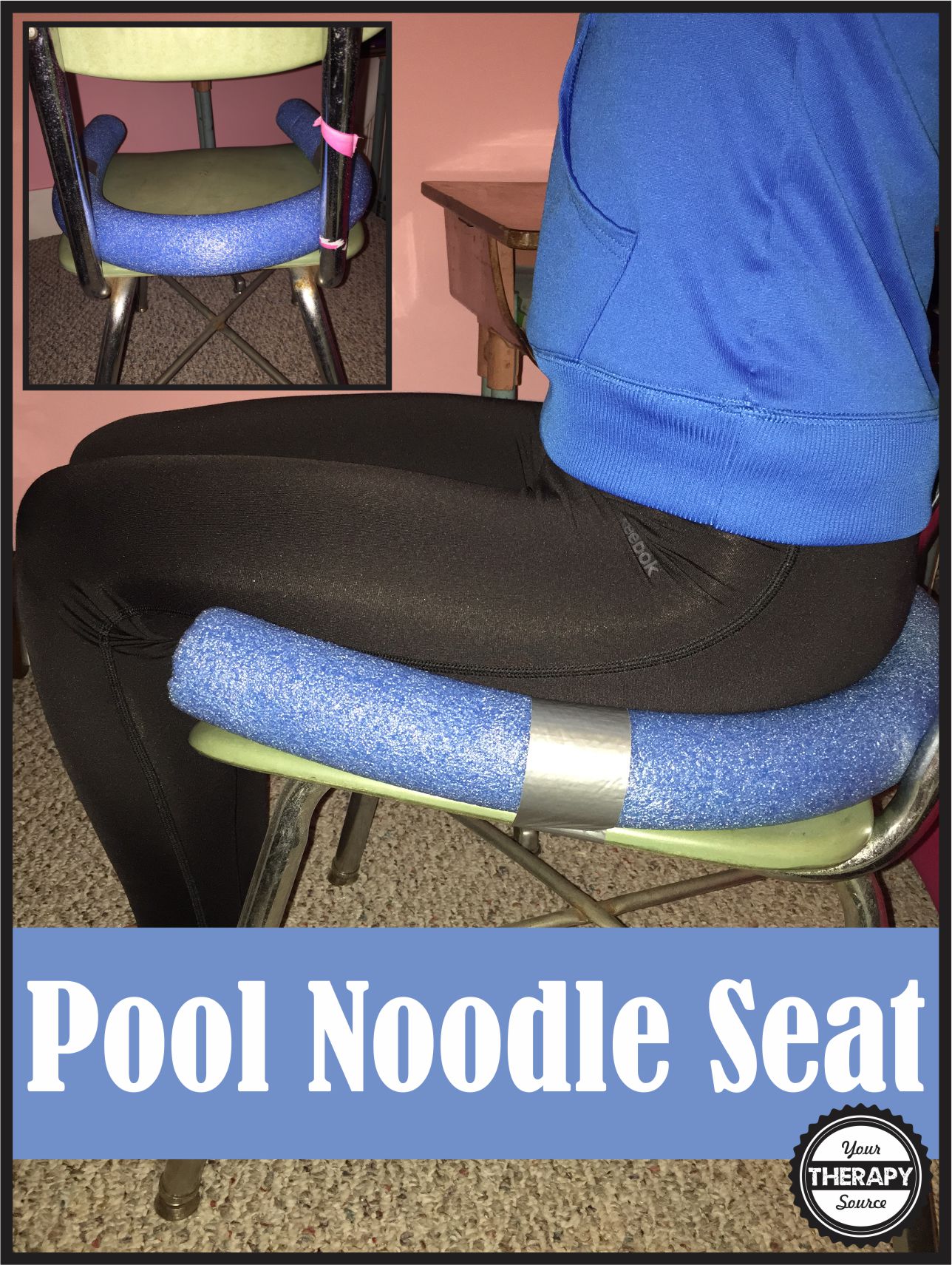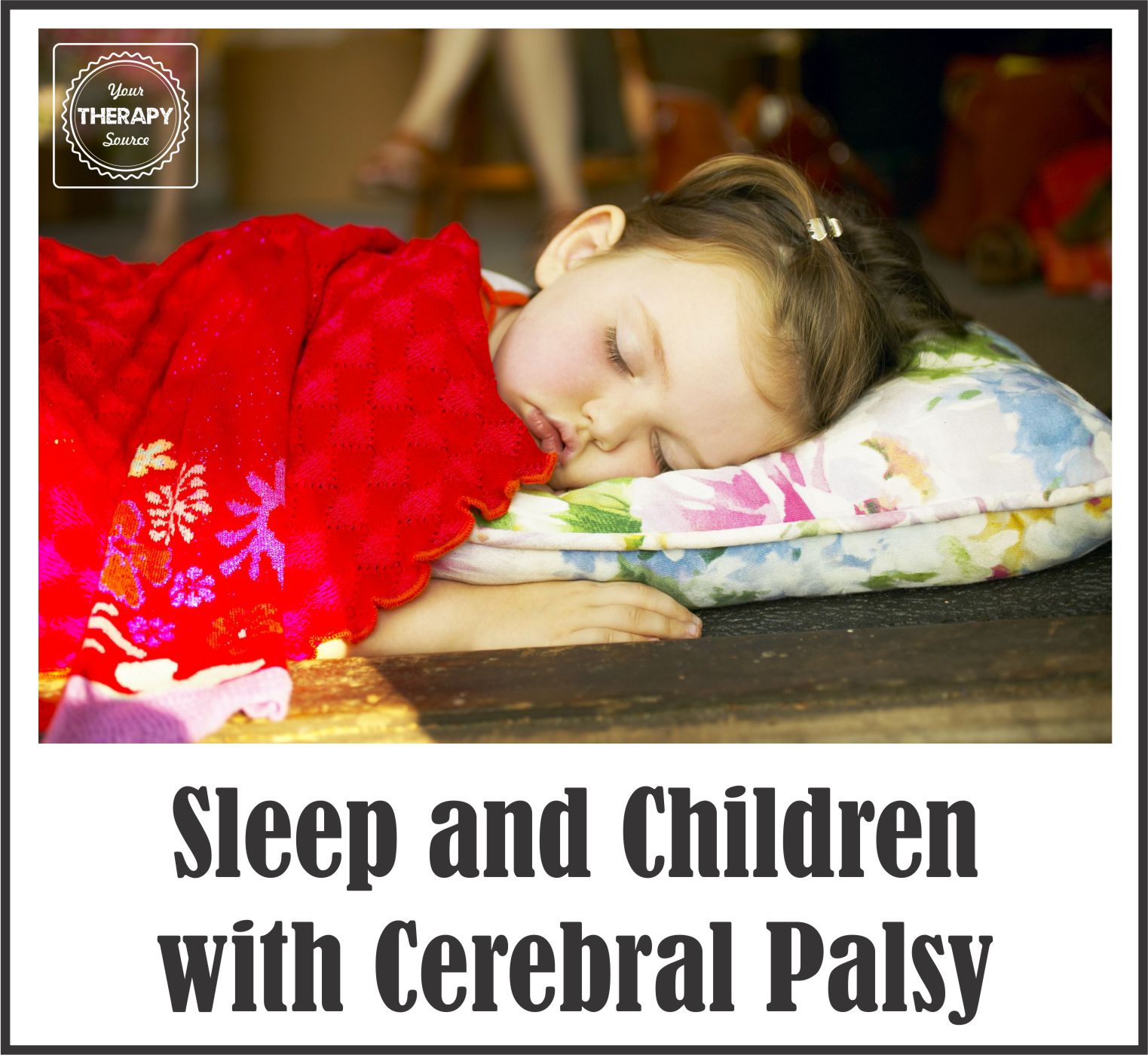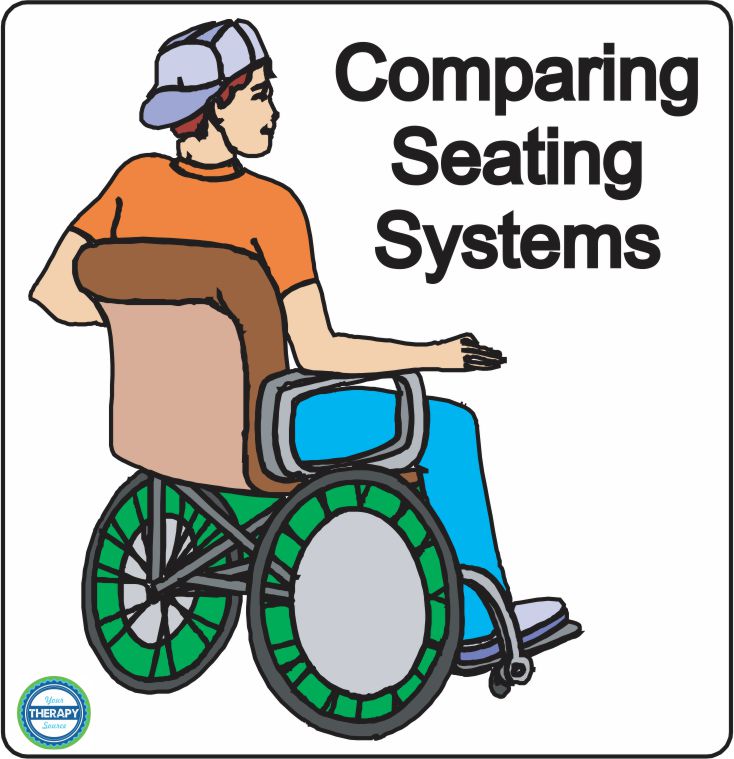Digital Magazine for Pediatric OTs and PTs
The April 2016 issue of the Your Therapy Source Digital Magazine for Pediatric Occupational and Physical Therapists is now available. Read articles on pre-handwriting skills, postural control, self regulation, toe walking, activity ideas and more! Check it out below or download the free magazine at https://www.yourtherapysource.com/magazine.html

